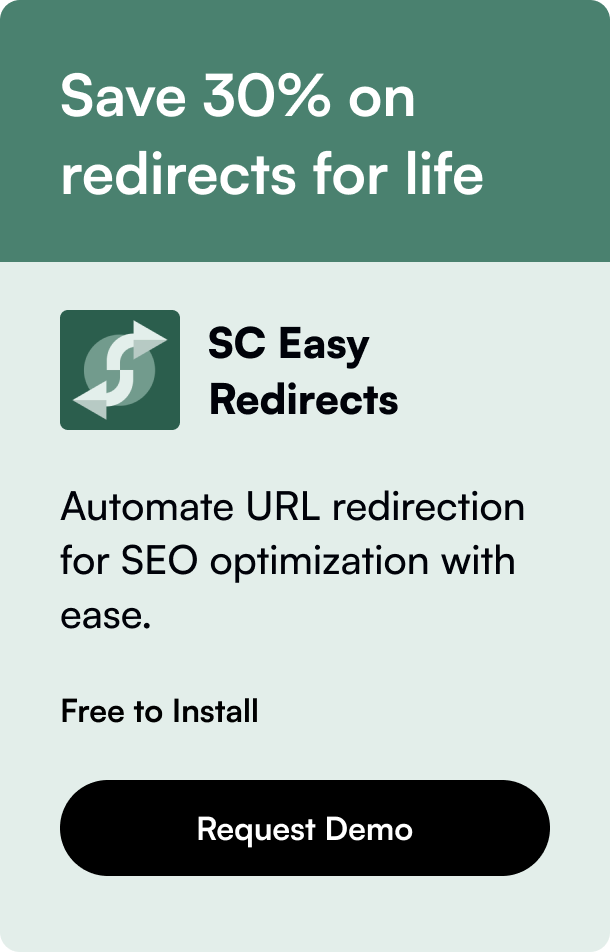Table of Contents
- Introduction
- What is Shopify's API?
- Real-World Applications
- Navigating Challenges and Considerations
- Conclusion
- FAQ
In the digitally-driven age of e-commerce, businesses are constantly seeking to implement the most efficient, customizable, and innovative solutions to stay ahead. Shopify, as a leading e-commerce platform, offers an extensive toolbox for online stores, but one might wonder: does Shopify have an API? The simple answer is a resounding “Yes.” Shopify’s API, or Application Programming Interface, is a powerful feature designed for developers to extend and enhance the functionalities of Shopify stores.
Introduction
Imagine, for a moment, a bridge connecting two separate islands. On one island, you have Shopify’s vast e-commerce platform, offering a plethora of features for businesses to sell online. On the other island, there are countless potential enhancements, custom features, and integrations that could elevate an online store to the next level. The Shopify API acts as this bridge, enabling a seamless connection between Shopify’s core offerings and a world of unlimited possibilities for customization and integration.
This blog post will delve into the depths of Shopify's API: what it is, how it works, and why it stands as an indispensable tool for developers looking to create engaging, efficient, and highly customized e-commerce experiences. From understanding the basics to exploring specific API capabilities and considering its real-world applications, we aim to provide a comprehensive guide that illuminates the vast potential of Shopify’s API for e-commerce businesses.
What is Shopify's API?
Shopify's API is a suite of programming interfaces that allow developers to read and write to the core Shopify system. This means that through the API, developers can create applications or integrate existing systems that interact directly with Shopify’s platform, enabling them to automate tasks, synchronize data, and add new functionalities to Shopify stores. The API encompasses various aspects, including managing products, customers, orders, shipping, and payment processes, among others.
Key Features and Capabilities
- Admin API: Facilitates back-end operations, allowing apps to manage store components like products, orders, and customers.
- Storefront API: Focuses on the front-end, enabling custom shopping experiences by allowing apps to fetch data about products, collections, and check out processes.
- GraphQL and REST APIs: Shopify offers both GraphQL and REST APIs to cater to different developer preferences for data manipulation and retrieval.
Advantages of Using Shopify's API
- Customization: Tailor your Shopify store to meet specific business needs with custom features and integrations.
- Automation: Streamline operations by automating repetitive tasks, such as inventory updates or order processing.
- Scalability: As your business grows, so can your Shopify store’s functionalities through additional API calls and integrations.
- Multiple Application Development: Create both private apps for individual use cases and public apps to offer in the Shopify App Store for broad use.
Real-World Applications
Custom Integrations
Businesses often require specialized software for operations, such as ERP (Enterprise Resource Planning) systems, CRM (Customer Relationship Management) tools, or custom marketing platforms. Shopify’s API enables the integration of these systems, ensuring that data flows seamlessly between Shopify and external applications, enhancing efficiency and providing a unified view of business operations.
Building Custom Apps
Whether it’s for internal use or to provide a solution for a common problem among Shopify merchants, the API allows developers to build custom apps. These can range from advanced analytics tools, unique product customization interfaces, or apps that integrate with third-party services like social media platforms or marketplaces.
Enhancing User Experiences
The API can also be leveraged to create bespoke shopping experiences tailored to unique audiences. For instance, developers can use the Storefront API to design custom storefronts that stand out from conventional e-commerce sites, offering immersive and interactive shopping experiences online.
Navigating Challenges and Considerations
While Shopify’s API opens up a realm of possibilities, it’s essential to navigate its use wisely. Thorough planning, understanding Shopify’s API rate limits, and maintaining security, especially when handling customer data, are crucial factors to consider. Additionally, staying informed about updates and deprecated features is necessary to ensure your integrations and apps continue to function seamlessly.
Conclusion
From enhancing existing functionalities to creating entirely new ones, Shopify’s API is a foundational tool for unlocking the full potential of the Shopify platform. It empowers developers, merchants, and businesses to innovate, streamline, and customize, pushing the boundaries of what can be achieved in the e-commerce space.
FAQ
Q: Is Shopify’s API available to all merchants? A: Yes, Shopify’s API is available to all merchants, but certain features or levels of access might require specific Shopify plans.
Q: Can I use Shopify’s API to create a mobile app for my store? A: Absolutely. The Storefront API, in particular, can be used to create shopping apps that offer a mobile-optimized shopping experience for your customers.
Q: Are there any costs associated with using Shopify’s API? A: While access to Shopify’s API is included with your Shopify subscription, there might be costs associated with high volumes of API calls or when using certain premium features.
Q: How do I get started with Shopify’s API? A: To start using Shopify’s API, documentation and a variety of developer resources are available on Shopify’s developer portal. It’s recommended to have some background in web development or to work with a developer.










